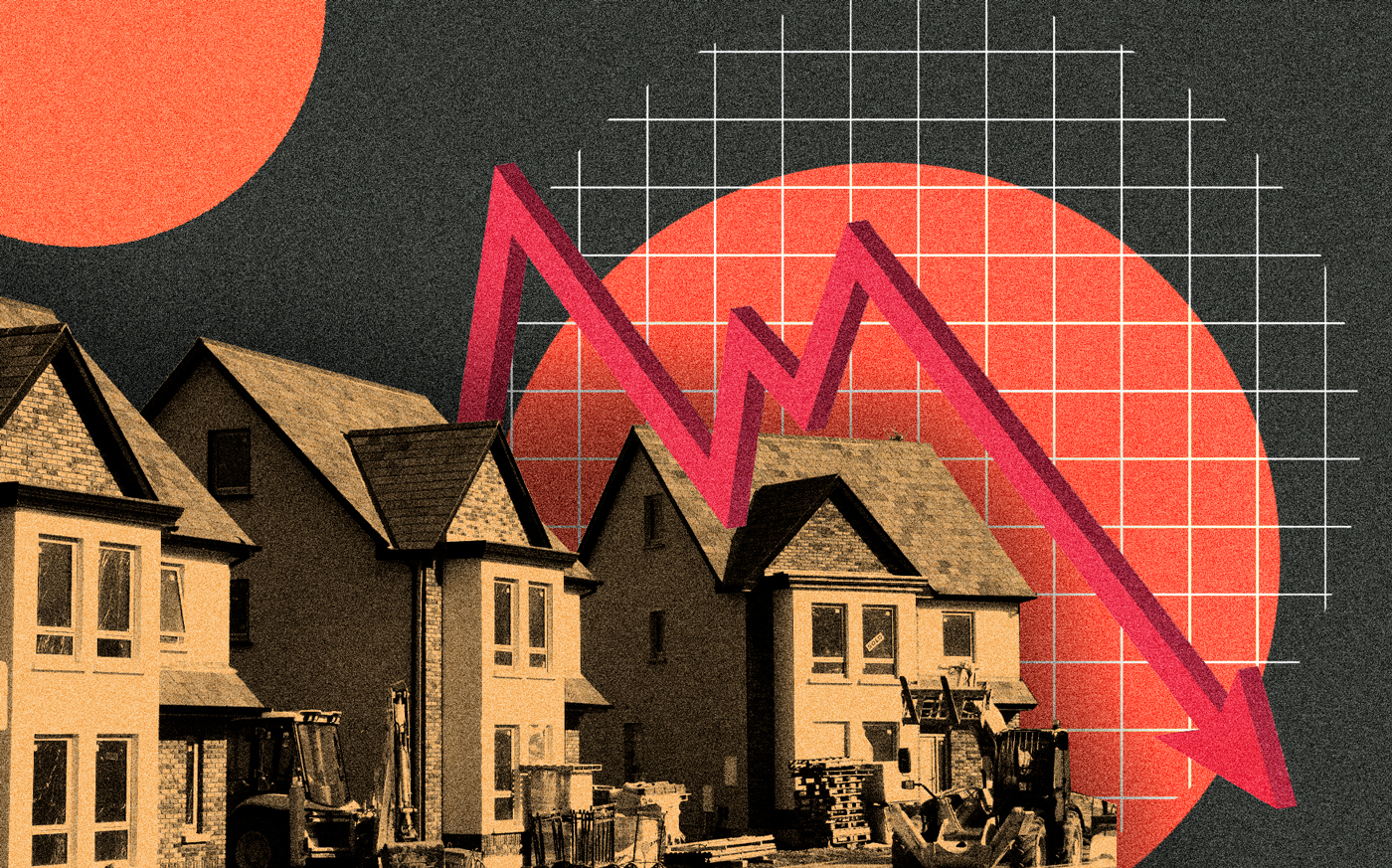Chicagoland new home sales slide to lowest level since 2010
Rising interest rates, lack of new supply led to drop

New home sales in the Chicago area took their biggest hit since the depths of the Great Recession.
In the 10-county Chicago metropolitan area, builders sold 677 homes in the fourth quarter of 2022, the lowest number in 12 years, Crain’s reported. Schaumburg-based homebuilder consultancy Tracy Cross & Associates said that’s the lowest quarterly sales figure since the final frame of 2010, when the same number of new homes sold.
In all of 2022, builders sold 4,275 total homes in the Chicago area, which is down 22.8 percent from 2021.
Tracy Cross CEO Erik Doersching said the rising interest rates brought on by the Federal Reserve’s efforts to slow inflation and the low supply of new homes caused by the housing boom contributed to the lower number.
Illinois built fewer new homes per capita in 2022 than 47 other states, trailing every other except Connecticut and Rhode Island. Chicago’s slow population growth is one of the main reasons fewer homes were built, Doersching said. The metro’s biggest population increase took place in 2022 when it rose by 0.27 percent. Compared with Austin’s metro, which has a consistent annual growth rate of more than 2 percent each year, Chicago’s population is flattening out.
The number of active new-construction developments was also down in the Chicago area in 2022. Some 259 active developments were reported, which is down from the 297 in 2022 and the lowest it has been in all of the 21st century.
While new home sales are down, the Chicago area last year still outperformed the pre-pandemic market, before the housing boom. The 4,275 total new home sales last year was 7.5 percent higher than the average of 3,978 for 2015 through 2019.
Even though interest rates have been going down since peaking in the fourth quarter, Doersching doesn’t expect the number of new home sales to increase much this year, mostly due to the lack of new inventory.
— Victoria Pruitt




